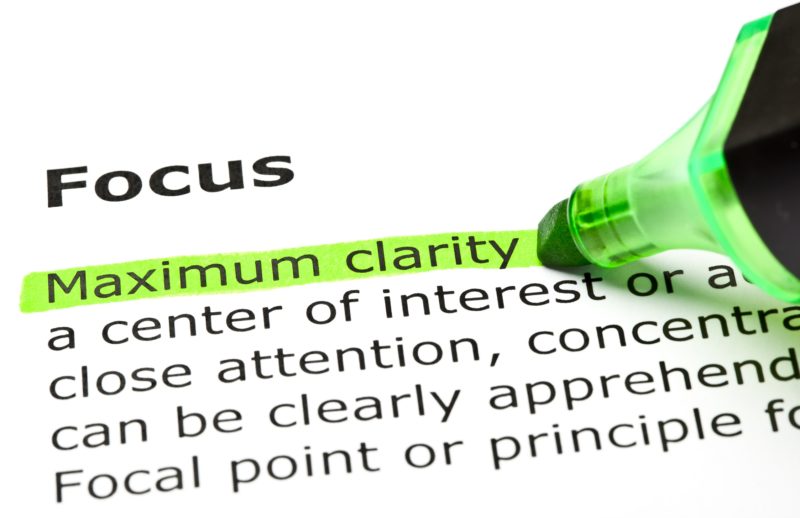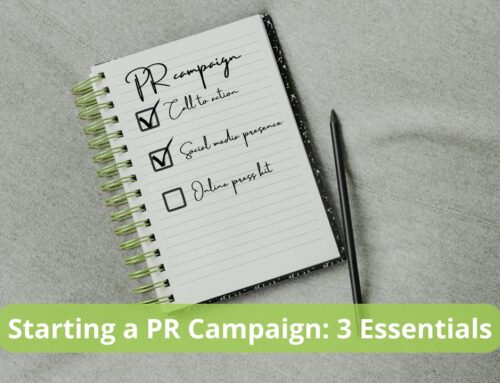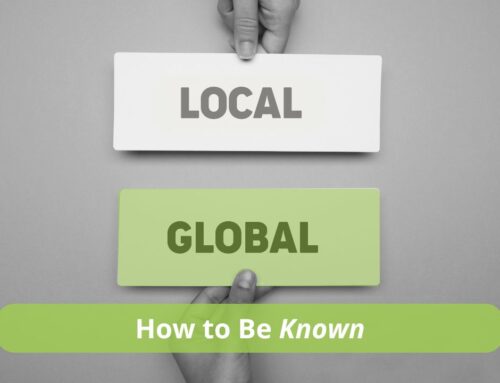Imagine this: you walk into a Starbucks, place your order, and every possible thing goes wrong: The server was rude, they give you the wrong drink, there’s no more creamer in the canister, and they even misspell your name on the cup. You, the customer, are obviously frustrated and this experience taints your view of all other Starbucks. You might love your café latte but after that experience, you’re willing to go find one somewhere else.
Starbucks has always been known for their happy-go-lucky service. If that standard isn’t met in one store, the entire brand gets tainted as unsatisfactory. As customers, we expect the best experience and don’t always consider the other side of the story. We don’t know (or really care) if the barista is having a bad hair day or the manager had car trouble on the way to work. But that’s how it’s supposed to be because a business is meant to serve the customer.

1. Look at your business
So, look at your business. When you feel stuck, you start to feel the heat. Once you start to lose sight of what your mission is, your focus falls more on YOU rather than the customer. But don’t let it compromise what is important to you and the service you provide. If you find that you’re more concerned about each day’s cash flow or how much you’ve been working lately, then you’re going to start feeling unhappy and you probably won’t get the results you originally wanted.

2. Reconsider what you’re committed to
What you need to do at this point is just to stop and reconsider what you’re committed to. You’ve become more focused on the logistics of everything than why you started your business. It’s here that you’re dishing out bad service and your customers are getting frustrated. There’s no point in both of you losing out because of it.

3. Step back
Step back and find the source of your frustration. What got you to start your business in the first place? What are you trying to achieve? I know that my main goal at Wasabi is to help others be able to make a difference in the world. If I became more concerned with the amount of money I was making with each client, I would be betraying my own values. It might be that you have to stick to your guns and find your way back to your original calling, or that you have to reevaluate your game plan and change things up. When it comes down to it all, the customer should always come first, even if it means getting their coffee right.

4. Create your mission statement
It’s time to create a mission statement that will guide you through those down times and make your up times even more juicy. A mission statement doesn’t have to be grand and fancy. It should speak to you and inspire you as well as anyone working with/for you. A mission statement might inspire or impress people outside of the company, but that’s not really its purpose. It’s meant for you, to keep your business on track. Here’s an example of the mission statement we use for Wasabi:
Wasabi Publicity lives to launch conversations that make a difference and change the world.
It is not about us. The emphasis is on our clients and the service we provide for them. The more you focus on your clients and less on you, the happier all of you are going to be. Your mission is your unique expression that takes your purpose, values, and those things that are important to you and weaves it into a statement that expresses who you are, what you stand for, and what the world can count on from you.







